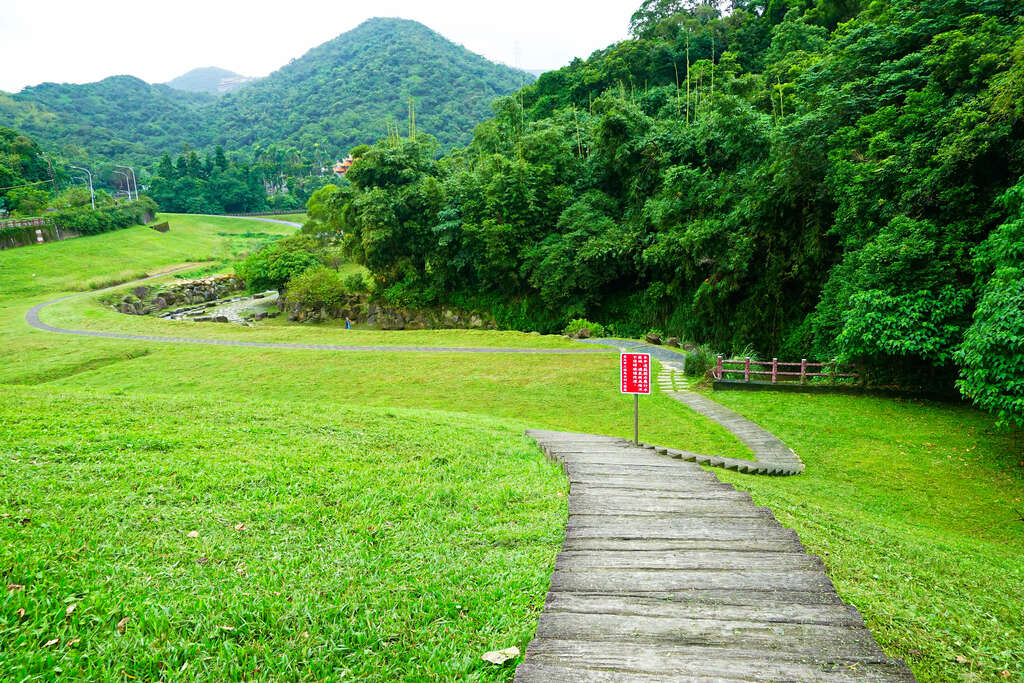Dagou Creek Ecological Water Management Park Introduction
Located at the bottom of Dahu Mountain Villa Street in Neihu District, Dago Creek is a naturally formed stream that flows down from Baishi Lake Mountain, which is 485 meters above sea level. The upstream area is largely covered by secondary forests, while the downstream flows through the residential drainage system after passing the Yuanchue Waterfall, entering Dahu Park via the box culvert under Dahu Mountain Villa Street. The entire watershed is about 3,500 meters long with a drainage area of 340 hectares. For safety and conservation purposes, the management of Dago Creek in Neihu District adopts a near-natural construction method with porous design, providing habitats for flora and fauna. It has nurtured rich ecological resources, with surveys by the Geotechnical Engineering Office revealing the presence of species such as the Formosan Blue Magpie, the Taiwanese Tree Frog, the Chinese Tree Toad, the Formosan Black Eurytel butterfly, the Purple Butterfly, the Green Ring Butterfly, the Ratus frog, the Little Egret, the Rainbow bird, and the Yellow-spotted Cricket, making it an excellent outdoor ecological classroom. The downstream area of Dago Creek was originally agricultural land, but due to urban development, it was redeveloped into the Dahu Mountain Villa residential community. To meet road requirements, the stream was replaced by a culvert system. In the past, the drainage system often could not handle heavy rain flooding, leading to erosion and loss of soil and rocks in the stream. The severe damage caused by Typhoon Winnie in August of 1997 is also noteworthy. Dago Creek is located upstream of the Dahu Mountain Villa community, and its management features stone retaining walls. The porous spaces are beneficial for wildlife habitats and reduce erosion. Additionally, in line with the need for water-friendly recreational spaces, a waterside trail has been constructed along the creek bed, serving as a backyard for local residents. To create a natural ecological environment, the management of Dago Creek employs fish ladders (drop structures) and solid bed construction to reduce riverbed drop and slow down flow speed, effectively decreasing erosion energy. Moreover, the creation of shallow areas allows for the accumulation of creek water, providing spawning and living spaces for fish, shrimp, aquatic plants, and other organisms, thus maintaining the stream's ecology. Furthermore, in accordance with the natural topography of the creek, water-friendly platforms and walking paths have been installed in wider sections of the watershed, allowing local residents and visiting tourists to enjoy and interact with the water. (Source: Geotechnical Engineering Office, Taipei City Government)































